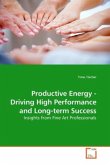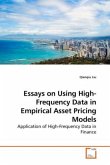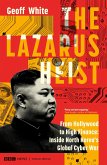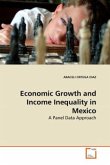Inequality in U.S. income distribution has increased dramatically since the 1970s, now reaching levels not seen since the early 20th century. The causes of this climb remain controversial. Many studies blame skill-biased industry technological change that leaves unskilled workers behind. However, those studies both use indirect surrogates for technological change and include only manufacturing industries, missing the much larger high technology service industries. My study seeks a causal relationship between directly measured high technology manufacturing and service industry concentrations in each of the contiguous 48 states to changes in earnings inequality over a ten-year period in each state. My results challenge the conventional wisdom. I find a weak relationship between increased high technology industry and increased income inequality. High technology industry concentrations appear to be neither a necessary nor a sufficient condition for increasing income inequality. This analysis should be useful to economists, social scientists, state and national government policy makers and planners, and others seeking ways to reduce income inequality.
Bitte wählen Sie Ihr Anliegen aus.
Rechnungen
Retourenschein anfordern
Bestellstatus
Storno








